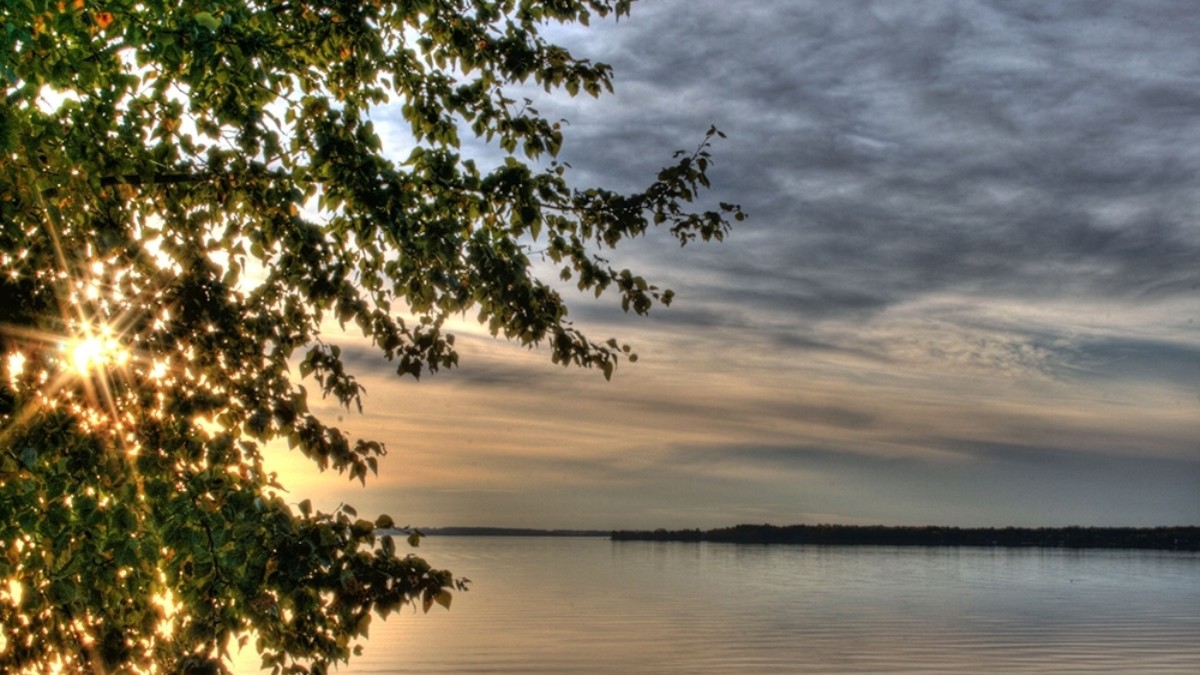
Press Release
Satellite Image Technology Sheds New Light on Water Contamination Fish Deaths in Pigeon Lake, Alberta
BOWLING GREEN, Ohio. A news story in the Calgary Herald this summer described massive fish deaths in Pigeon Lake, Alberta, Canada. The probable cause was some kind of lake contamination. When Milt Baker, CEO of Blue Water Satellite (BWS) of Bowling Green, Ohio heard about this, he wanted to see if his company’s proprietary satellite imaging technology could shed some new light on what was happening in Pigeon Lake. “Our patented technology can not only identify the types of contamination present, like cyanobacteria, chlorophyll-a, and phosphorous, but can provide precise mapping of exactly where the highest concentrations are located,” states BWS’ Milt Baker. “We converted satellite images for Pigeon Lake and discovered the southeast corner of the lake has several pockets of highly concentrated cyanobacteria – precisely around Ma-Me-O Beach, where the dead fish were found.”
Baker’s company, Blue Water Satellite, works with various state, municipal, and government agencies, as well as utilities, oil and gas companies, and other organizations responsible for managing water bodies. “Our images allow responsible organizations to get an immediate assessment of water conditions right from their desktop without having to dispatch sampling teams,” states Baker. “And unlike physical sampling, we provide a complete picture of what’s happening across the entire body of water.”
Baker believes his image technology can help prevent events like the Pigeon Lake incident. “We are a powerful new tool for water body managers to use for assessment, early detection of problems, and the development of remediation strategies.”
Using BWS images, organizations can “treat” only those portions of the water body showing problems. “Instead of treating the entire 2000 acres of a lake at $450/acre, you can pinpoint problems and only treat 100 acres,” continued Baker.
Most of BWS images provide a resolution of 5 samples per acre (although they do offer higher resolution). When this information is overlaid with GIS data, remediation teams can be dispatched to exact coordinates for treatment that is cost and time-efficient.
In addition, BWS can provide historical images of the lake dating back to 1984 allowing their clients to trace the origins of the problem and determine rates of contaminant growth.
